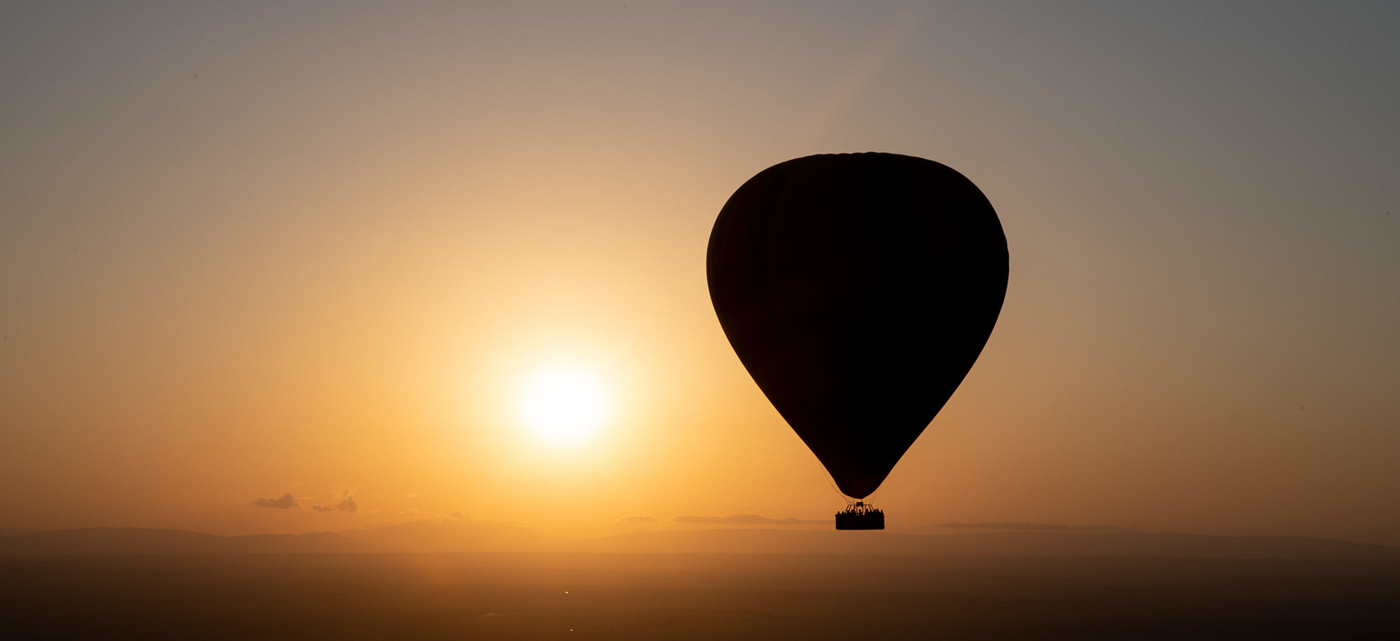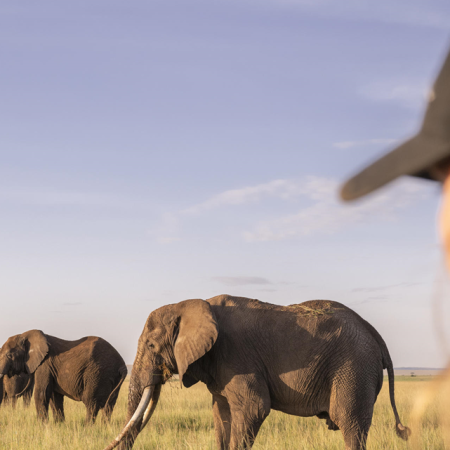Serengeti Airport & Airstrips

Serengeti Airport and Airstrips: Your Complete Guide to Flying Into the Heart of the Wilderness
When planning a safari to Serengeti National Park, one of the first questions travelers often ask is how to get there. Unlike most tourist destinations, Serengeti does not have a central airport. The park is a vast wilderness, and its network of airstrips serves as the primary gateway for visitors. Flying into the Serengeti is not only practical but also offers a unique perspective on the park’s expansive plains, rivers, and wildlife. Understanding which airstrip to use and how the flights operate can save time, reduce costs, and make your safari experience seamless.
The Concept of Airstrips in Serengeti National Park
Serengeti is served by several gravel airstrips scattered across the park and its surrounding conservancies. These airstrips are carefully positioned to provide access to the park’s main attractions, lodges, and wildlife hotspots. Among them, Seronera Airstrip stands out as the largest and most frequently used. It has a small airport building that functions as a lobby and administrative office, giving it a more structured feel compared to other remote airstrips. Other significant airstrips include Serengeti Kusini, Kogatende, Lobo, Fort Ikoma, Sasakwa Grumeti, and Kirawira, each serving different areas and accommodations in the park.
Seronera Airstrip: The Heart of Serengeti
Located in the central part of the park, Seronera Airstrip is not only convenient but also surrounded by abundant wildlife. It is just two hours from Naabi Hill Gate and Ndabaka Gate, making it a perfect entry point for visitors. Seronera town, situated nearby, offers practical amenities such as shops, fuel stations, a tourist information center, bars, and dispensaries, ensuring that travelers have access to everything they might need upon arrival. This airstrip mainly serves lodges such as Serengeti Serena Safari Lodge, Four Seasons Serengeti Safari Lodge, Ikoma Tented Camp, Lemala Ewanjan Tented Camp, and AndBeyond Serengeti Under Canvas. Landing at Seronera allows visitors to quickly settle into their lodges and begin game drives without losing valuable time.
Kogatende Airstrip: Gateway to the Northern Migration
For those keen on witnessing the Great Migration, Kogatende Airstrip is ideally positioned. Located on the banks of the Mara River in the northern Serengeti, it provides easy access to the remote northern areas where hundreds of thousands of wildebeests cross the river. This airstrip is only a kilometer from both Klein’s Gate and Bologonja Gate, which allows visitors to immediately immerse themselves in one of nature’s most dramatic events. Choosing Kogatende means shorter drives to the migration areas and a front-row seat to the river crossings, making it a favorite for photographers and wildlife enthusiasts alike.
Serengeti Kusini Airstrip: Southern Safari Access
In the south, Serengeti Kusini Airstrip offers another vital entry point. Located near the Kusini Kopjes, it provides a strategic vantage for spotting wildlife, particularly during the migration season. The area around Lake Ndutu, Lake Elemti, Lake El Dabsh, and Lake Masek is known for calving, where wildebeests and zebras gather in large numbers. Serengeti Kusini is also about nine kilometers from the Maswa Game Reserve, making it an ideal choice for travelers staying in southern lodges. Flying into this airstrip often rewards visitors with immediate wildlife sightings, adding excitement from the very moment they step off the plane.
Lobo Airstrip: Exploring the Northeastern Serengeti
Northeastern Serengeti is served by Lobo Airstrip, which lies close to several key attractions such as Klein’s Gate, Bologonja Springs, and Ngare Naironya Springs. It is approximately thirty minutes to an hour from the park’s main entrance, depending on road conditions. Lobo is a smaller airstrip catering mainly to domestic flights, offering travelers access to the less crowded areas of the park. Visitors who fly into Lobo can enjoy the unique experience of exploring northern Serengeti plains and spotting wildlife in regions often overlooked by larger safari groups.
Kirawira Airstrip: Western Serengeti Adventures
Kirawira Airstrip is a modest airstrip in western Serengeti, located north of the Grumeti River. It is three hours from Mwanza and only an hour from Ndabaka Gate. This location is ideal for exploring western Serengeti and private reserves along the Grumeti River. Nearby points of interest include Kirawira Migration Cross Point 1, Grumeti Game Reserve, Handajeba Gate, and Bali Viewpoint. Travelers flying into Kirawira enjoy access to quieter safari areas while still being within reach of spectacular migration sites and luxury lodges.
Fort Ikoma Airstrip: A Quiet Entry Point
Fort Ikoma Airstrip, situated northwest of the Serengeti, is smaller and less frequently used. It is only a few kilometers from Retima Hippo Pool and Nyabogati Hippo Pool, making it convenient for visitors staying at nearby lodges. Due to its proximity to Seronera, Fort Ikoma sees limited commercial traffic and is primarily used for private charters. Despite being less popular, it offers travelers the opportunity to enter the park quietly and enjoy more intimate safari experiences.
Sasakwa Grumeti Airstrip: Luxury and Wilderness Combined
Sasakwa Grumeti Airstrip is part of the Singita Grumeti Reserves, bordering the western Serengeti. The area encompasses hundreds of acres of pristine wilderness along the migratory route, offering exclusive access to luxury lodges and private safari experiences. Travelers flying into Sasakwa Grumeti can immediately step into a world of seclusion, spectacular wildlife, and breathtaking landscapes, often witnessing the migration without the crowds typical of central Serengeti.
Arusha Airport: The Starting Point of Your Journey
Most safari travelers begin their journey from Arusha Airport (ARK), the domestic hub for northern Tanzania. Situated just ten minutes from the city center without traffic, it can take twenty to thirty minutes during peak hours. The airport is currently undergoing expansion, including the addition of a new terminal and apron to accommodate increasing tourist traffic. Travelers should arrive at least one hour before their domestic flights to allow sufficient time for check-in and boarding.
Flight Operations to Serengeti
Flights from Arusha to Serengeti are operated by several reputable airlines, including Auric Air, Coastal Aviation, Flightlink, and Regional Air. Daily schedules typically include morning and afternoon departures. Flights often stop at multiple airstrips, picking up or dropping off passengers along the route. These stops, known as hops, provide flexible access to lodges and ensure minimal travel from the airstrip to accommodations. Average flight time is approximately one hour, though it can vary depending on the number of stops. Airlines usually optimize schedules to reduce travel time while providing scenic aerial views of northern Tanzania.
Choosing the Right Airstrip for Your Safari
Selecting the correct airstrip is a critical part of planning your Serengeti safari. Each airstrip serves specific areas of the park, lodges, and wildlife hotspots. Picking the airstrip closest to your lodge minimizes long transfers, reduces costs, and maximizes your time on safari. Most lodges provide ground transfers from the airstrips, often including game drives along the way, allowing travelers to enjoy wildlife sightings immediately. Understanding airstrip locations, proximity to accommodations, and the natural features nearby can make the difference between a smooth, memorable safari and a rushed, stressful arrival.
Practical Travel Tips for Flying Into Serengeti
Traveling to Serengeti by air requires planning. Domestic flights in Tanzania often have weight limits for luggage, so it’s important to check with your airline in advance. Arriving at the airport early ensures smooth boarding and allows time for security checks. Transfers from the airstrip to lodges may take from fifteen minutes to several hours depending on the distance, so planning ahead with your lodge is essential. Travelers are encouraged to carry essential items such as binoculars, cameras, and light clothing to maximize comfort and experience while exploring the park.
The Experience of Flying Into Serengeti
Flying into Serengeti is an experience in itself. The moment your plane descends, you are greeted with panoramic views of savannah plains, scattered kopjes, winding rivers, and herds of wildlife roaming freely. Whether landing at Seronera in the central park, Kogatende in the north, or Sasakwa Grumeti in the west, the aerial perspective offers a sense of scale and grandeur that is unmatched by any other form of travel. Many visitors find that the flight sets the tone for their entire safari, sparking excitement even before touching the ground.
Conclusion: Planning Your Serengeti Arrival
Understanding the airstrips of Serengeti and planning your arrival accordingly is essential for a successful safari. Whether you prioritize convenience, proximity to the migration, or luxury lodges, selecting the right airstrip ensures smooth transfers and immediate access to the park’s incredible wildlife. Flights from Arusha provide an efficient, scenic, and memorable gateway to one of the world’s most iconic safari destinations. By carefully choosing your airstrip, coordinating with your lodge, and preparing for the logistics of domestic flights, your Serengeti adventure can begin with ease, excitement, and the promise of unforgettable experiences.



